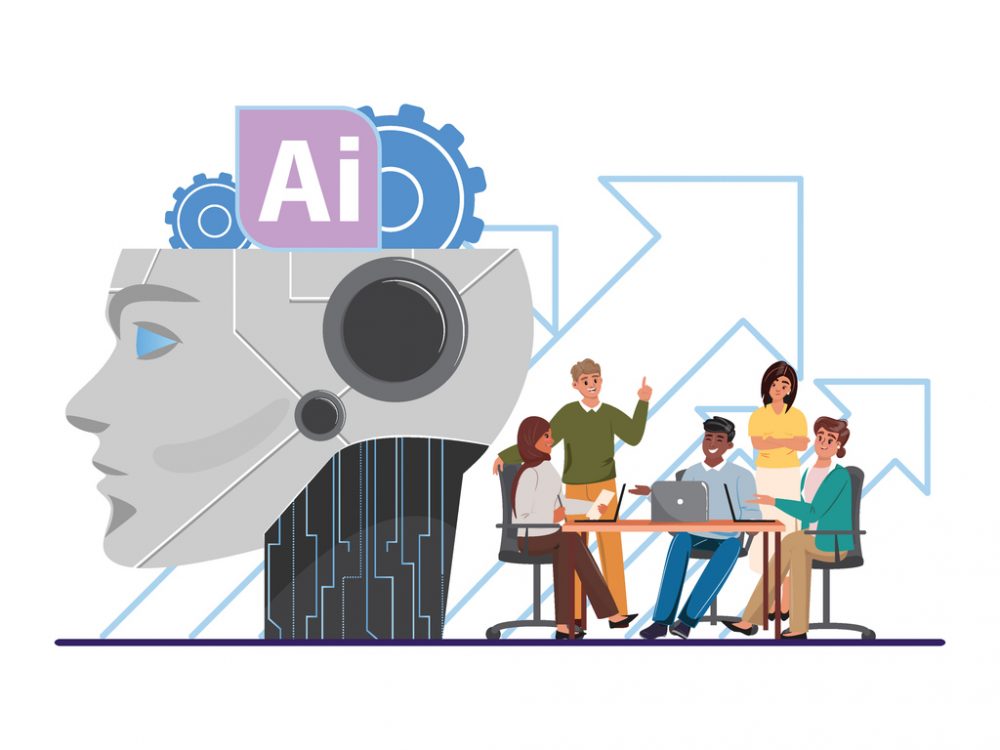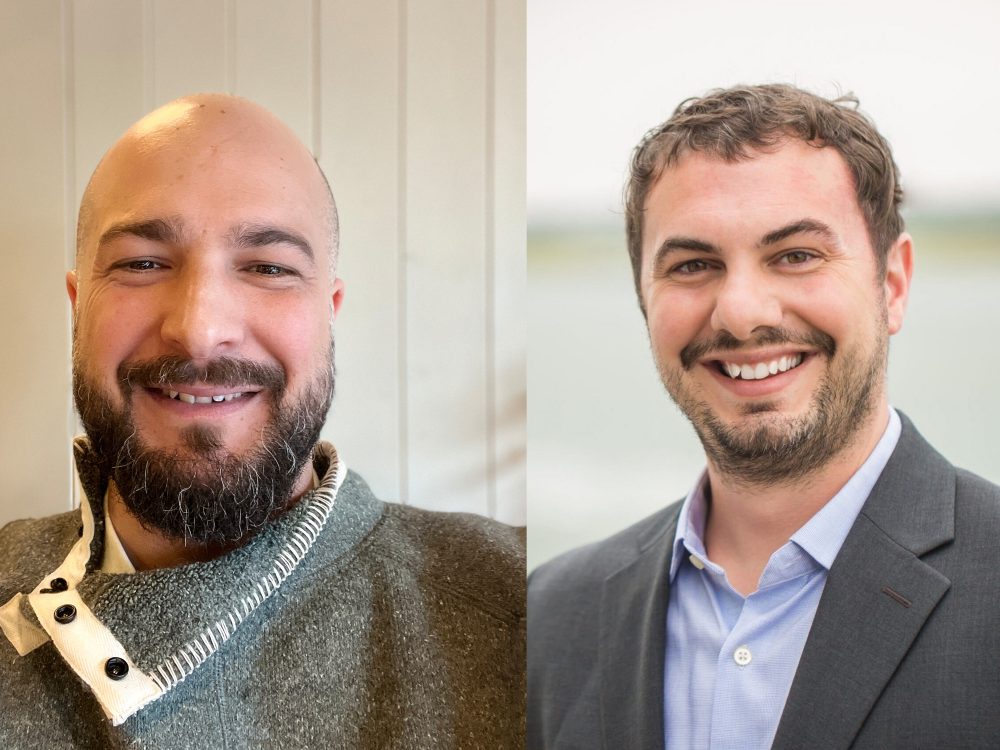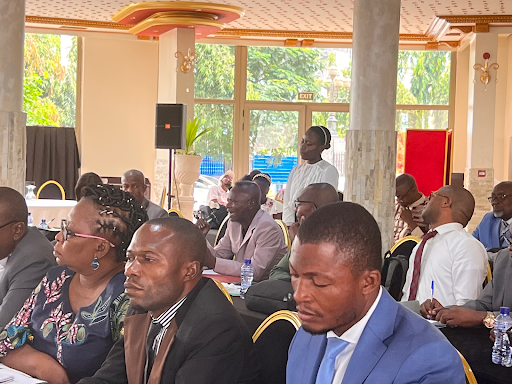Openness in Fragile Environments: The art of the possible
How do you adapt open government approaches to countries that are prone to violence, emerging from conflict and characterised by endemic corruption and the oppression of minorities? That was the question which around 20 people grappled with at a workshop at the OpenGov Hub in Washington this week, and it threw up some interesting conclusions.
The workshop, hosted by Development Gateway, Global Integrity and my own organisation Saferworld, brought together 15-20 participants from the World Bank, bilateral donors and relevant DC-based think tanks and civil society organizations to discuss challenges, share experience, and outline what an open-governance inspired approach to supporting progress toward more effective governance in fragile states might look like. The crucial point here was that this was a gathering of two tribes: some hailed from the peacebuilding community and others from the opengov/opendata world. Amid the rich diversity of perspectives, one reassuring conclusion for me was a consensus that both groups had much to learn from and to contribute towards each other. To do so would require the humility to accept that here were areas we simply didn’t have all the answers to and the willingness to forge new ways of working to create the space for innovative new approaches that drew on the combined expertise, networks and relationships of both communities.
So why were we there? What’s the problem?
In the coming years there will be an increasing influx of opengov and opendata inspired programming in fragile states which have hitherto been largely avoided by this form of approach. This will happen because the SDG agenda says it has to, with goal 16 in particular stating clearly that there is an imperative to deliver better governance, justice and peace. In addition bilateral donors are increasingly allocating very significant portions of their overall investments to fragile states while the evidence from the MDG era points to the lack of progress the SDGs are likely to make if the questions surrounding fragility are not avoided, in the way they largely were by the old development order. We saw in Mexico that initiatives such as the Open Government Partnership are also increasingly venturing into fragile contexts, and are themselves a potential vehicle for SDG16. It’s important for all of those reasons to get this right.
What did we think?
The discussion boiled down to two main recurring themes. First was the potential offered by the combination of combining peacebuilding and opengov approaches not only to avoid the real potential to do harm, but to build the potential to gain sufficient traction to demonstrably contribute to a country’s journey out of conflict and towards an era of greater transparency and responsiveness. Secondly, there were practical ideas about how to do this in practice.
Potential: flexibility, coherence & adaptation
The real value of combining these approaches was not just to be felt on the ground as practitioners became more sensitive to conflict and able to navigate complex environments, designing opengov programming in ways that took account of power, politics and marginalisation. No, it was also to be felt in the capitals of bilateral and multilateral agencies, who themselves are siloed in increasingly problematic ways. It was hoped that the structures of donor agencies and institutions, which specifically separate and encourage the specialisation of their staff into either conflict or governance would come to an end. A flexible approach capable of meeting the constantly shifting contours of fragile states would require nothing less and it was hoped that collaboration on the ground would encourage those in power at the apex of those institutions to remove those artificial barriers which would otherwise continue to divide what policymakers say they wish to see and what their staff are able to deliver within the constraints they are required to work under.
The other value was at one level conceptual, but with radical practical implications. Changing the terms of what was considered ‘progress’ or ‘success’ in fragile contexts. It is notoriously difficult, though not impossible, to measure factors like trust or legitimacy. Yet without them projects that are ostensibly about stimulating citizens to engage at all with governments, let alone hold them to account and participate in the design of their services, are doomed to fail. We have learned this repeatedly within the open government movement already – Twaweza is the oft-quoted example but sadly we are not short of others. That those lessons are even more applicable in states where large proportions of the population regard their governments with hostility or mistrust, and in contexts where those on both sides of the State-citizen divide have previously been involved in active armed confrontation with each other should be self-evident. Thinking carefully about how to capture and measure indicators of progress down the path of building bridges of trust, creating spaces in which all citizens feel safe and able to participate and creating the opportunity for elites to step outside narratives of conflict that have defined their careers to date will be critical precursors to the development of tech-enabled approaches that would otherwise only include those who are already able to exercise their voices.
So what to do?
The challenges were daunting. But this was where the meeting got exciting. Taking the standpoint that actually this sort of thing is possible, and drawing from case studies of small scale projects to date, this group started to come up with some realistic, achievable and practical changes.
Donors in particular needed to look at how they could change an approach to the procurement of suppliers which encouraged the balkanisation of organisations into niche specialisms that in turn mitigated against a coherent approach. This was likely to be an easier and more realistic to achieve than attempting a wholesale reorganisation of an agency to bring conflict and governance specialists together overnight.
Rethinking metrics for success and incorporating some of the insights offered by recent literature into how to judge progress. Bearing in mind that the majority of armed conflicts are relapses of old it would therefore be appropriate to conceive of success as less about a ‘product’ or ‘innovation’ as a single project, but perhaps as contributing to inclusive participation in a forum where the same old contests could be fought out, but peacefully rather than in conflict. So the improvement of a local authority’s means of decision making with data but the active support of a programme which enabled communities in conflict to cross those conflict lines in order to interrogate those decisions with the support of intermediaries such as citizen journalists, bloggers and established media might collectively be judged a success. The point being twofold: you need more than a ‘feedback loop’ as a simple transaction – you need resilient institutions capable of managing contestation both between State and citizen, and among the citizens themselves; and you have to take a holistic approach, rather than an a la carte cherry-pick of stand-alone projects.
Pilots, small grants and trust funds were all potential mechanisms which would allow donors, both statutory agencies and foundations alike, to invest in these approaches which carry inherently more risk. As they develop evidence and experience of what works in a particular context they also deliver comparatively higher value. So more of these forms of investment mechanisms were suggested as a do-able way forward, and would enable those donors to place an inherent value on learning in its own right, rather than a useful by-product.
What next?
There was violent agreement in the room. Nobody disputed the idea that bringing these approaches together was both necessary and potentially hugely valuable. To do so might better equip us to build trust, to better understand what citizens actually want and to gain the holy grail of local ownership, enabling formerly conflicting parties on both sides of the citizen-state divide to step outside of well-entrenched behaviours and start to move beyond them.
But nobody demurred from the reality that to do that effectively would require navigating complex environments in-country, and problematic structures among practitioners and donors alike. This wasn’t, therefore, the end of the discussion. That has only just begun. The convenors of this event will be working together again to develop this dialogue among practitioners, donors and individual thinkers and if you’re interested in being part of it, you’d be very welcome indeed.
This post was originally published on SaferWorld.org
Share This Post
Related from our library

Beyond Kigali: Where Does Africa Go from Here with AI?
As governments, funders, entrepreneurs, and technology leaders rally around the AI moment and move towards actions, at Development Gateway, we are asking a different set of questions: Where is the data, and what is the quality of the data behind the algorithms? How will legacy government systems feed AI tools with fresh and usable data? Are Government ministries resourced to govern and trust the AI tools that they are being encouraged to adopt?

The Future of Technology Governance and Global Development: Why DG Brought DataReady In-house
DG is excited to announce we now have more robust data governance advisory services with the recent integration of DataReady.

Stakeholder, Where Art Thou?: Three Insights on Using Governance Structures to Foster Stakeholder Engagement
Through our Tobacco Control Data Initiative (TCDI) program and its sister program Data on Youth and Tobacco in Africa (DaYTA), we have learned that creating governance structures, such as advisory boards or steering committees, is one approach to ensuring that digital solutions appropriately meet stakeholders’ needs and foster future stakeholder engagement. In this blog, we explore three insights on how governance structures can advance buy-in with individual stakeholders while connecting them to one another.